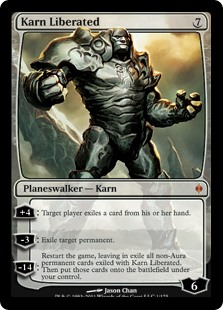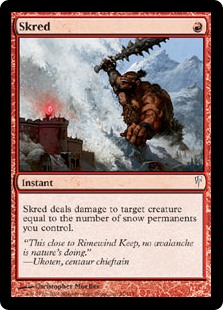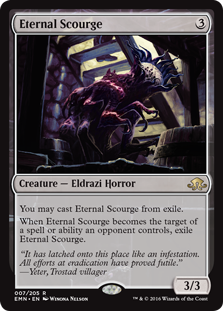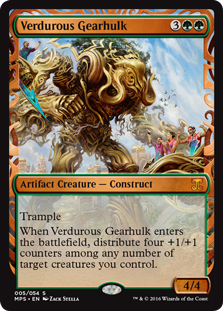How Do You Get to be the Best in the World?
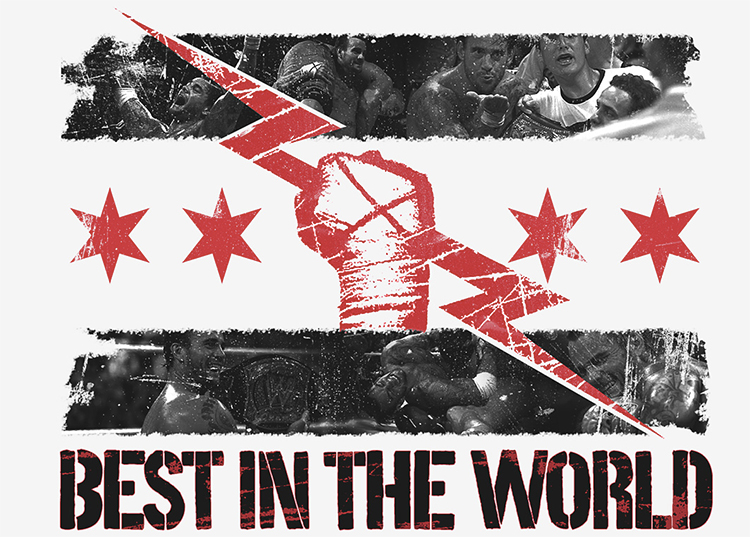
How do you get to be the best in the world?
Happy Thanksgiving from Top Level Podcast!
In this very different episode Michael and Patrick trade a combination of old (even apocryphal) stories that have shaped their perspectives as players and thinkers.
You know, like…
- There exists a noteworthy playtest technique that Mike once swore by. It isn’t for everyone… But it was — at least in the story that converted Mike — used by the best player in the world at the time.
- Sometimes you have a 10% Game One matchup. Consequently you have to jam 8/15 sideboard cards in for a common opponent. Knowing this, just how often do you have to win to make up for that bad Game One?
- In smaller formats you can sometimes make your main good against Rock and Paper, and use your sideboard to shore up Scissors. We discuss a variety of of sideboard strategies from historical, successful, decks.
- Say I told you Canopy Spider is better than Bottle Gnomes against Jackal Pup… Could you tell me why?
- Esper Charm is super flexible. One mode allows you to destroy an enchantment. Why might you ignore that “Get Out of Jail Free” card against onetime boogeyman Bitterblossom? Hint: It wasn’t all that free.
- How to react when the opponent Disenchants your Necropotence
- Dark Confidant. Bob. The Great One. Almost universally acknowledged as one of the best two drops of all time. But Mike tends to let Bob live. We discuss different ways to approach removing a Dark Confidant. Patrick has a wonderful, if non-intuitive, strategy around hand destruction when playing against Bob.
- “I have made a terrible mistake.” Mis-judging the opponent’s archetype based on which lands they play can be a killer. Mike and Patrick share sad and happy war stories, respectively.
- Can you beat a guy with seven Counterspells in his hand?
Time to Level Up!

